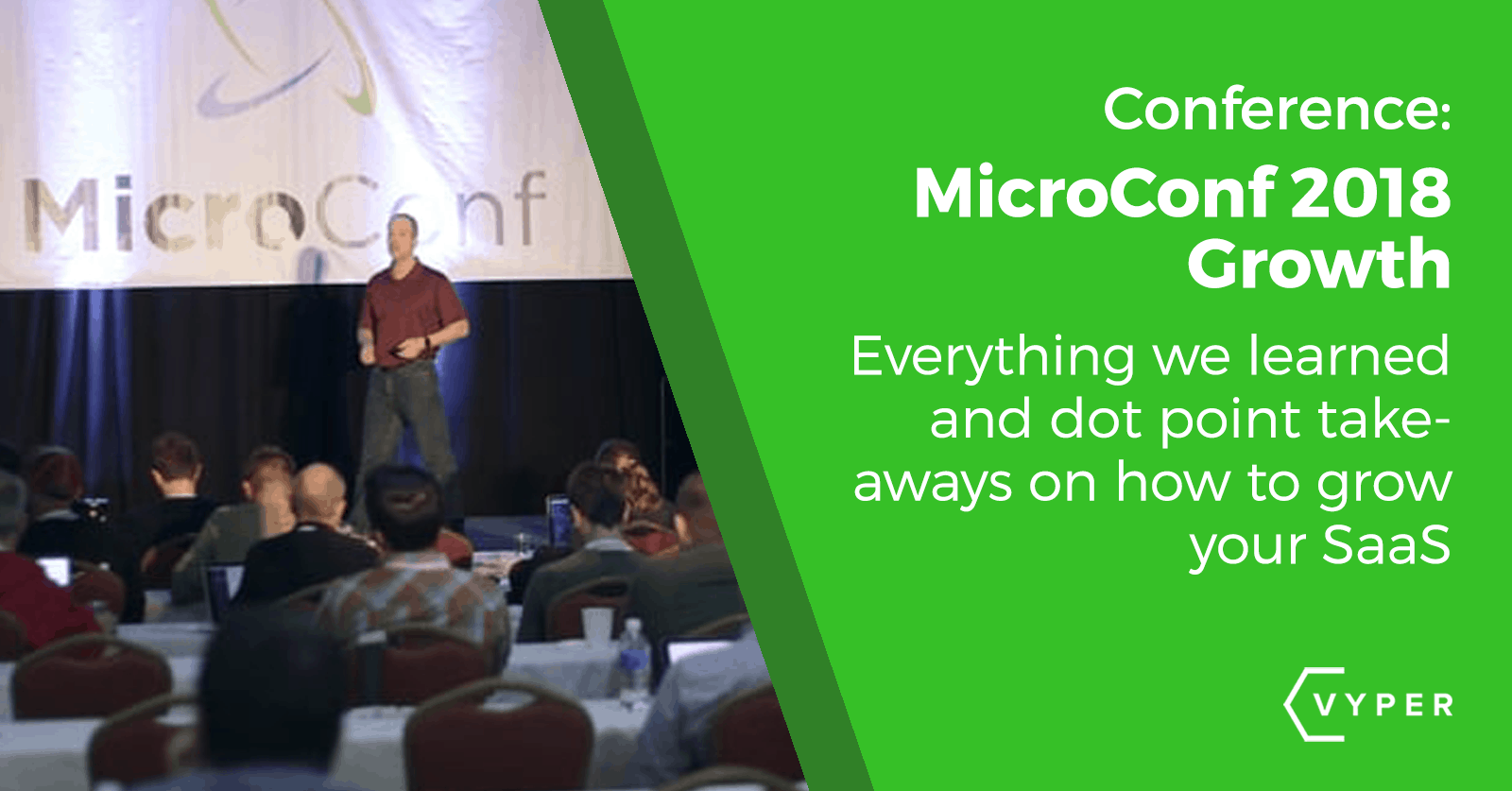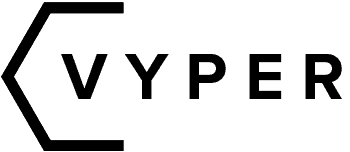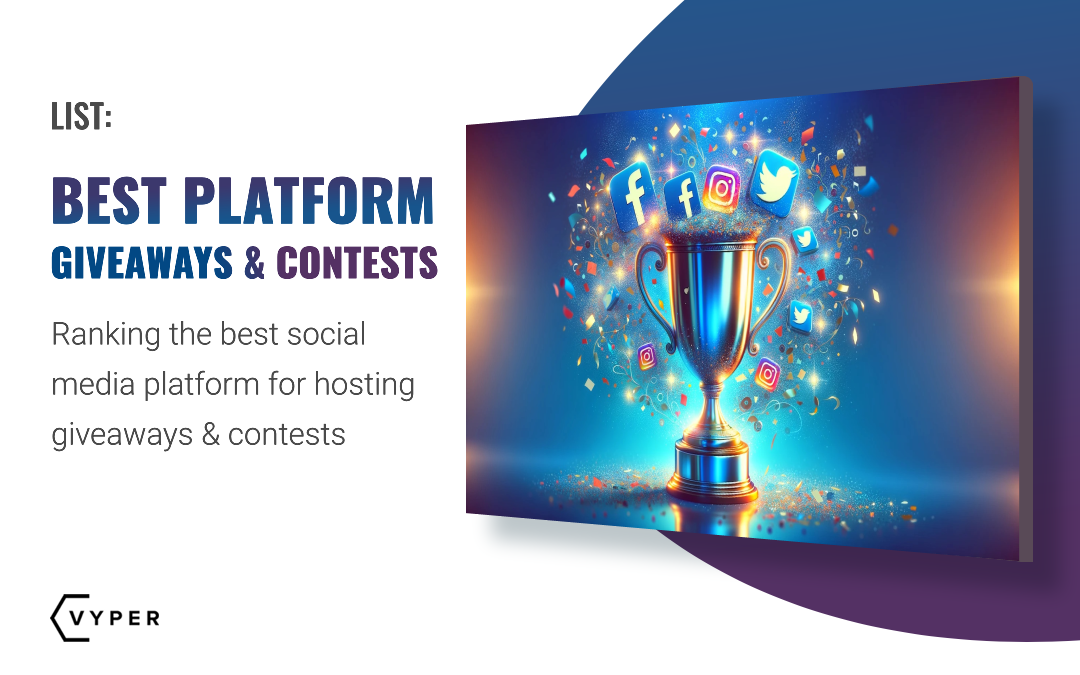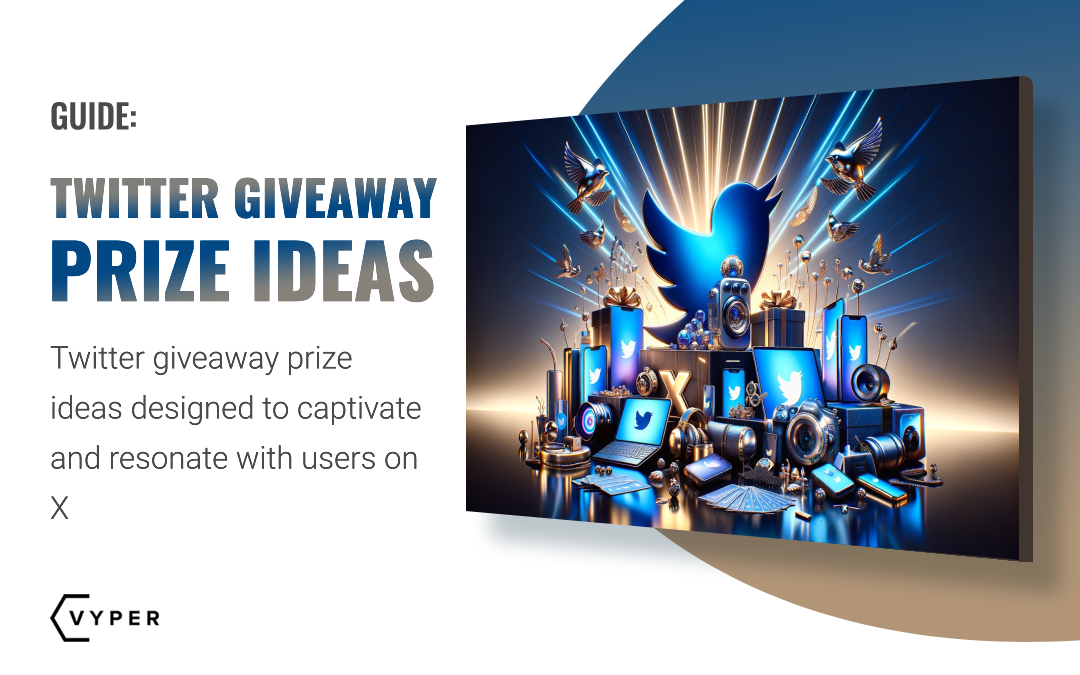We recently attended MicroConf 2018, the conference built for bootstrapped startups like ours, and these are the main takeaways we got from nerding out for 3 days!
These dot points will help summarize the speakers that were addressing the core components of running and growing a SaaS.
There’s plenty of information that can also be applied to non-SaaS companies so browse the summary and then click on the links if you want to learn more from that talk!

How We’ve Taken Fomo 20 -> 80K MRR in 18 Months by Justin Mares
- Integration marketing – Integrate your app with another company’s app
- Email the companies you integrate with to add your site to their “partners list”
- But don’t just email them with a random request, give them a reason why they should be adding your site (for example, you can say you’ll also announce it to your own email list)
- See if you can get them to announce your integration is now live to their customers
- Email the companies you integrate with to add your site to their “partners list”
- Reduce churn by hiring technical customer support instead of having to route customer support from support person to founder
- This not only solves issue faster but satisfies your customers
- Technical people willing to do support can be found coming out of dev boot camps
- Onboarding growth hack – Send an email from the founder cc’ing head of support asking the end-user if they need any help with anything. This personalizes your company and makes it seem like there are real people working there (instead of a nameless corporation).
- Raising prices sometimes just means more money. – It doesn’t always mean lower conversion rates. Test a pricing change and see if that affects your conversion rate. If not, you’ve just instantly added more MRR. Grandfather existing customers so they don’t get mad.
SEO Tasks That Produce Results by Dave Collins
- Write like a human, not a keyword stuffer. Google’s algorithm can tell when a reader is having a good or bad experience on your site, and if you write like a keyword stuffing bot, Google will penalize you (most likely because readers will bounce quickly).
- Sometimes “weirder” sounding phrases are searched more. For example, “entrepreneurial conference” was searched more than “conference for startups” according to Ahrefs.
- Do your keyword research (using tools like Ahrefs, google keyword planner, longtail pro) before you decide to optimize for a phrase that you “thought” was going to be more popular.
- Text optimization is more important than image optimization for ranking.
12 Principles Of Viral Content by Nadya Khoja
- Infographics, especially ones that cite popular culture, tend to go viral
- Especially if you show data in a more interesting format. She gave an example of a design website using Star Wars analogies inside an infographic to teach design principles.
- Mashups with popular culture references or relevance to subcultures have a built-in audience that will share them for you.
Q+A With Patrick Collison, Co-Founder of Stripe by Patrick Collison
- How to find a good business idea — Take a complicated thing and make it easier (Stripe made payments a lot easier for developers)
- Focus on 1 type of user first then scale (e.g. Stripe targeted developers completely since they were already creating things but it was painful to start accepting payments)
The Case Against Growth by Dave Kiss
- This was a very interesting talk, which gave us a different perspective on what growth is and how sometimes it can be bad. For example, if you’re scaling your customer base too high, but you’re alienating your customers because you don’t have enough support reps.
The Path to Parallel Entrepreneurship by Ryan Buckley
- Making more than 1 product is not bad – if investors can invest in multiple companies you can create multiple businesses.
- This diversifies your risk.
- Do things that you are passionate about, you never know what will happen. (Jack Twitter CEO was working on Square at the same time.)
How My Weekly Podcast Runs Itself by Brian Casel
- Systems and process is everything and can help you do a LOT more in a lot shorter time
- Do it yourself 2-3 times, then make a recording of it
- Once you’ve got it on video and can explain the process, outsource it
- Use templates, video recorded instructions to teach outsourced resources.
- This is definitely something we need to work on at VYPER, and we’re still in the process of starting to outsource more and more of our work.
Lessons From Over 100 Million Dollars in Deals by Thomas Smale
- FE International helps founders sell their SaaS companies if you’re trying to sell your company hit them up!
- Pricing is done wrong most of the time in SaaS companies (spend some time on this)
- Monitor your MRR churn over customer churn, because customer churn can be reflective of a bad type of customer
- Products that take less of the founder’s time, are older, have a high growth rate, and have low churn produce the best multiples when it comes to valuation
12 Lessons I learned Moving from Bootstrapped to Venture Backed by Rob Walling
- Creating a good culture is harder when you have a company growing so quickly (hiring 50+ people in a year)
- Bootstrapping is great for people who like to actually build things when VC money comes in the company is more about processes and hiring
How to Be Funny (Even If You’re Not): Improv-Inspired Copywriting Tips for Software Founders by Lianna Patch
- Include gifs, emojis, and slang to make your emails more interesting
- A company that sounds robotic doesn’t impress anyone, even if you’re in a “boring industry”
- Even the most boring company can be made to sound “cooler” and “hipper” (check out the link above for more details)
The Dinner Party Strategy: A SaaS Customer Onboarding Framework That Connects and Converts by Val Geisler
- Email optimization
- Do not title your first email “welcome to xxxx” say something more personal (welcome to xxxx is one of the most common and boring emails)
- Create an intro video for the first email to welcome customers (we’re going to start doing this!)
- Give bonuses in your onboarding (free courses, PDF, referral program, etc)
- How to write a good email
- Be useful with every email, no-fluff content or stuff that doesn’t deliver value (surprising that this is still a common factor in many emails, although it sounds pretty intuitive)
- Get personal (video, name, messaging), talk to your customer’s specific wants and needs
- Reduce distraction (1 link and CTA in your email)
- Give your user 1 goal and try to make them complete 1 action
Micropreneur Hiring, get the right team so you can relax a little by Matt Molter
- Put potential employees on a trial run and get them to benchmark their performance against the current method
Everything You’ve Learned at MicroConf is Wrong* by Chad DeShon
- One time sales can be very profitable, recurring revenue is not the end all be all.
- Chad created a board game tables company that made $3.6 million without recurring revenue.
- Look for opportunities to get your LTV upfront, even if it is a 1-time purchase.
When and How to Acquire and Invest Capital into Your SaaS Business by Brian Parks, CFA
- Stick to investors in your niche (for example, if you’re a SaaS company, don’t talk to a Cannabis investor — common sense, but most people are just trying to make money from anyone)
- Keep records/documentation from the start of your company to easily show growth to investors
- There are alternative investing / fundraising strategies, for example, BigFoot Capital is a debt financing
From $0 To $10M ARR: The Tactics We Used To Scale Teachable by Ankur Nagpal ??
This was our favorite talk of the conference so we highly recommend you check out the link above.
- Do things that do not scale to start with (when you’re under $50k MRR, you just do anything at all)
- Start with 1-on-1 direct sales (calls, emails, tweets)
- Then 1-to-many sales (webinars, demos, feature webinar)
- Then automate
- One off marketing strategies stops working around $50k MRR (at least for Teachable)
- Essentially these are things that you can’t repeat (like a podcast interview with a big podcast or getting press at a big publication)
- Set month over month growth goals and work backward
- How are you going to get $2k of growth this month? Work backwards from your goal.
- Break out acquisition per channel ($1000 from webinars, $500 from ads, $500 from email)
- Don’t worry if you don’t hit your goal, Teachable misses them 50% of the time. It means you’re setting good goals.
- Run joint webinars with influencers (needs to be complementary to your product)
- Do an onboarding live webinar
- He used an exit intent popup to ask people to join the webinar
- Email list to new users to join the webinar
- Facebook group notifications (webinar going live)
- Look for opportunities to get people from your competitors, and shoot them an email
- Run a “summit”, get 5-10 authorities to do a live chat A&A, give recordings away as bonus content (e.g. launch summit, teachable summit)
- While you are on early-stage, avoid strategies that are not measurable (meaning you must have a direct ROI for all marketing activities, otherwise your company may not survive. For example, if you paid $10k to advertise a conference, but you don’t know the ROI of the conference, wait until you have more excess money to run those strategies.)
- Once you are over $50k MRR, you need to implement strategies that affect things AT SCALE
- Increase organic signups
- Decrease churn
- Increase average rev per customer
- Paid acquisition
Stop Aiming At Happiness: Uncommon Truths About What Really Fuels Retention by Anna Jacobsen
- Customer support should drive more revenue because you’re helping customers get the most out of your product. It’s not just about solving problems.
- Use courses or training that shows users how to get success from your product (e.g. guitar store giving free access to guitar lessons online)
- Start sales call with customer goals, qualify the value of the prospect, then outline how you/your product can get them there, training the customer, monitor the success of the customer, then upsell them if they’re a good fit
- Customize the demo and onboarding for high-value clients to keep them from churning and to make them feel special
How To Use “Jobs To Be Done” To Perfect Your Positioning by Claire Suellentrop
- Offer the benefits to customers in your copy, don’t focus on features – (eg. You can save time, money)
- Compare your byline and differentiate from what all the competitors in our industry
- For example, all financial apps were saying similar things as their byline “Take control of your finances”, you stand out from the crowd if you say something different or something more relevant to the customer’s pain
- Address a struggle/pain and how you are going to solve it
- Create a job story, e.g. “when —– happens, help me ——, so I can —-.”
- Example: When our site slows down, help me keep my site speed up, so I can continue to make money
- Run customer surveys and interviews to understand why people use your product and what the value your product adds
- Typeform is her favorite survey tool (and is ours too, until we make our own in-house =)
- Ask 1-5 questions in your surveys
- Email 200 of your top users to complete a survey (you need 30-50 results for enough data)
- Contact 50 of your top customers and invite to a phone call (20% yes rate on this usually)
- Record those calls (do not take notes)
- Have custom landing pages for the top 3 verticals of your customers
- Eg: We are email marketing tools for e-commerce, we are email marketing tools for SaaS, we are email marketing tools for cryptocurrency
The Killer Combo Of Free Content With Paid Promotion by Jordan Gal
- Content marketing + paid ads work well, you just need to track it correctly as it is a longer funnel
- Free content
- Retarget readers
- Offer free trial
- Content needs to have an attention-grabbing headline and value offering
- Build a retargeting Facebook audience as well as an email list
- Ideas for content (grab attention to marketing to trend to helping them to product to features)
- Get attention with eye-catching numbers or claims (e.g. what we learned after $100 million… )
- Tai Lopez is a genius at this haha “Here in my garage, I have 2 Lamborghinis”
- Analyze market trends
- Eg: “Major Shifts in eCommerce in 2018!”
- How do you help the reader/customer
- Eg: “Why engagement helps you increase revenue, and how VYPER will help you get more engagement”
- Case study – Authority in the market
- Eg: “He used VYPER to get 10,000 leads to his company”
- Highlight your differentiating features
- Repurpose as an ebook
- Take your best content, turn it into a nice-looking e-book and ask for emails to download it
- Run webinar to everyone who read the above posts
- Retargeting is best for this since your customer is already aware of your tool/solution, they are more likely to want to learn more from you
- Get attention with eye-catching numbers or claims (e.g. what we learned after $100 million… )
- Results will only come in the remarketing, generally not direct sales
- Run a webinar with a top customer and give them an affiliate link
Hopefully, you can take away some value from these dot-point summaries to use in your own business.
Leave a comment below to indicate which speaker had the most value for you along with your company link!
Get your FREE Download on how to launch an eCom store using VYPER’s viral contests.
Jack Paxton is the co-founder of VYPER, a marketing tool that helps brands build email lists, social followings, and revenue using viral giveaways, referral, and reward programs. After millions of dollars spent testing different marketing strategies at his marketing agency. He then also co-founded Hyax a fast, conversion & design-focused course and funnel builder for creators.



